The Palace of Knossos, located on the Kephala hill south of Heraklion, Crete, is an important site of the ancient Minoan civilization. Occupied since around 7000 BCE during the Aceramic Neolithic period, the site has a long history that predates the First Palace’s construction by over five millennia.
The First Palace
The First Palace, built during the Middle Minoan IB-IIA period, marked a significant shift in Minoan society from a clan-based structure to a hierarchical one. This monumental building, covering nearly 10,000 square meters on the ground floor alone, served as a hub for administrative, storage, and cult activities. The West Court, a public meeting place, connected the palace to the town through a network of roads. The raised walkways and kouloures (round pits of debated purpose) in the West Court highlight the palace’s grandeur.
The First Palace also introduced innovative features like storage magazines, showcasing the society’s wealth and resources. Workshops within and around the palace indicate thriving craft production, while the presence of loom weights suggests weaving activities. Despite suffering earthquake damage throughout its existence, the Old Palace was never completely leveled; instead, damaged sections were rebuilt, often with different architectural elements.
The New Palace
Following a massive earthquake at the end of the Middle Minoan IIIA period, the palace underwent major reconstruction, giving rise to the New Palace in the Middle Minoan IIIB period. This reconstruction involved leveling parts of the west side and filling basement rooms on the east side to create new terraces. The palace we see today largely dates from this period and the subsequent Late Minoan IA period.
Notable changes during the Neopalatial period include the expansion of the West Court, the creation of the South Propylaeum and the Grand Staircase, and the addition of the Throne Room in the West Wing. The Throne Room, a subject of ongoing debate, may have served as a space for religious rituals rather than a king’s seat. The palace also saw the emergence of elaborate wall paintings, depicting scenes like bull-leaping and ceremonial processions.
The Final Palace Period
Around 1450 BCE, widespread destruction occurred across Crete, affecting palaces and settlements. While Knossos suffered damage, it wasn’t destroyed like other palaces. This period saw the introduction of Linear B, an early form of Greek script used by the Mycenaeans, suggesting their presence at Knossos. The final destruction of the palace, possibly in Late Minoan IIIA2 (1325-1300 BCE), left it deserted, but the town continued to exist.
Key Features of the Knossos Minoan Palace
- Construction Period: First Palace: Middle Minoan IB-IIA (c. 2000-1700 BCE), New Palace: Middle Minoan IIIB-Late Minoan IA (c. 1700-1450 BCE)
- Location: Kephala hill, south of Heraklion, Crete
- Dimensions: Approximately 20,000 square meters
- Historical Significance: Center of Minoan civilization, showcases advanced architecture, art, and technology, provides evidence of complex social and political structures, and played a crucial role in Mediterranean trade and culture.
- Current Status: Archaeological site, partially reconstructed by Arthur Evans.
Later Stages and Decline
Knossos continued to be inhabited during the Classical, Hellenistic and Roman periods, as evidenced by various archaeological finds, including the remains of buildings, mosaic floors, and cemeteries. However, the city’s focus shifted away from the palace complex, and the city’s prominence declined compared to its Minoan heyday. Two basilicas from the First Byzantine period indicate that the city was still active during this time. One basilica lies beneath the newer church of Agia Sophia in the Makrys Toichos settlement of Knossos, while the other, a three-aisled basilica with mosaic floors, is located next to the old Sanatorium (now Venizelio Hospital of Heraklion).
Knossos appears to have followed the fate of other urban centers in Crete and declined early. Unlike other Cretan basilicas, which show signs of destruction, the basilica at the Sanatorium seems to have been gradually abandoned and collapsed due to disuse. The site was deserted early on, with only the cemeteries maintaining the interest of Christians. The fate of the city was mirrored by the episcopal see, which retained the title “Knossos” but was likely transferred to Heraklion (then Chandax), as evidenced by Patmian records from 1118 mentioning “Paul the humble bishop of Knossos or Chandax.” However, it seems that during the Second Byzantine period, the bishop resided not within Chandax but in the “bourgoi” (suburbs) outside the city.
The view that the seat was transferred to Agios Myron is a subject of debate, with evidence for this transfer only existing from the Venetian period onwards. Nevertheless, Knossos, as a settlement named Makrytoichos, continued to exist during the Second Byzantine period. Interestingly, one of the two remnants from the Arab period is found in Knossos, suggesting that Arabs also inhabited the area during that time.
References
When we said that on the internet it states that the last entry is at a quarter past 5, he told us that it is not possible.
I am attaching photos from the ministry's website and from other places on the internet that state the same thing.
Better to be corrected than to suffer and be doubted.
I like the fact that they point out that Evans, the British archeologist who excavated the place in the beginning of the 1900's fantasized a lot and got a whole bunch of things wrong.
That lends more credibility to the historical facts.
However, it remains an experience to be had
Oczywiście miejsce robi wrażenie swoją skalą, potęgą i nowoczesnością jak na swoje czasy.
Natomiast cały możliwy przepotężny efekt psują potwornie nieudolne próby rekonstrukcji budynków. Niestety brak temu miejscu klimatu, głównie z powodu betonu, farbek i gipsu.
Wielka szkoda…
We went early in the morning and enjoyed the place almost all to ourselves.
Nice raised walkways make it more walkable.
It’s easy to imagine how grand it might have once been.
Don’t bother downloading the app as it is glitchy and was difficult to navigate.
Self-guided was fine for us as there are several information plaques.













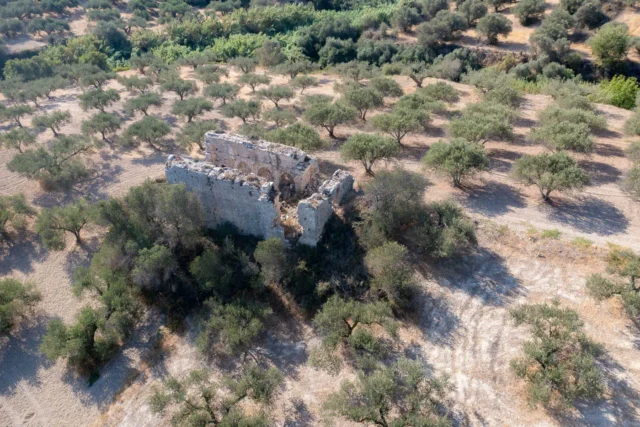





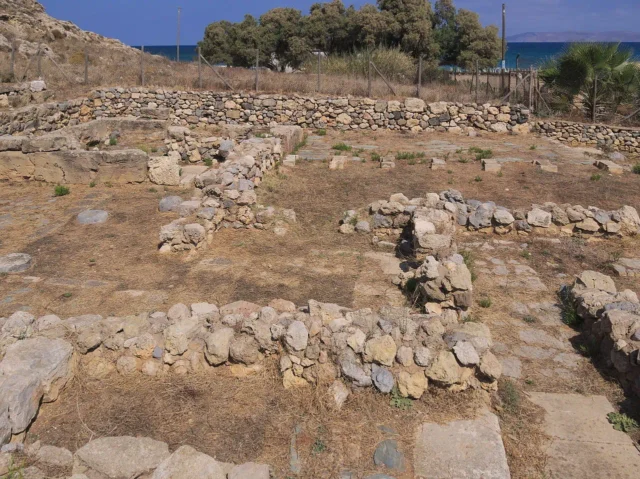
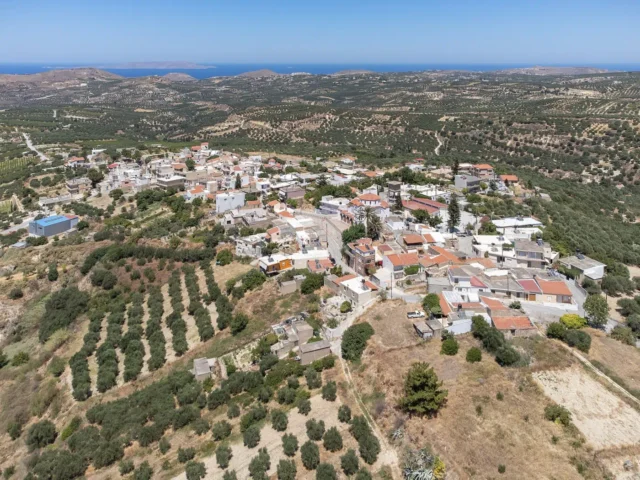
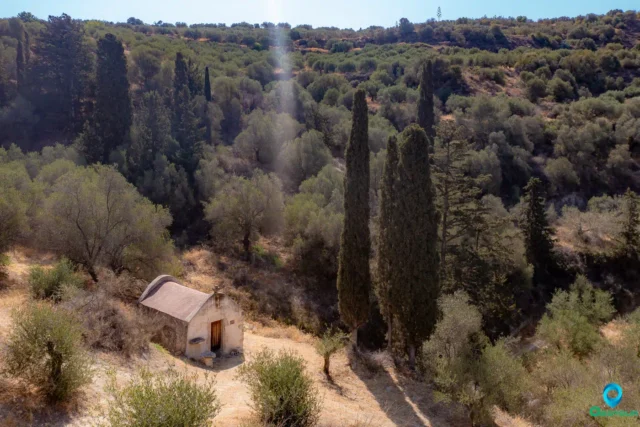
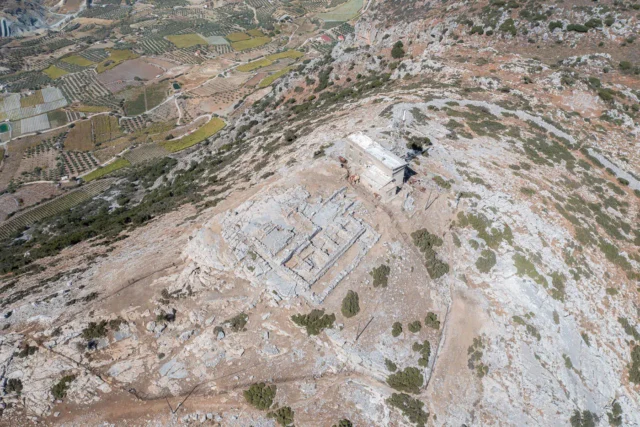
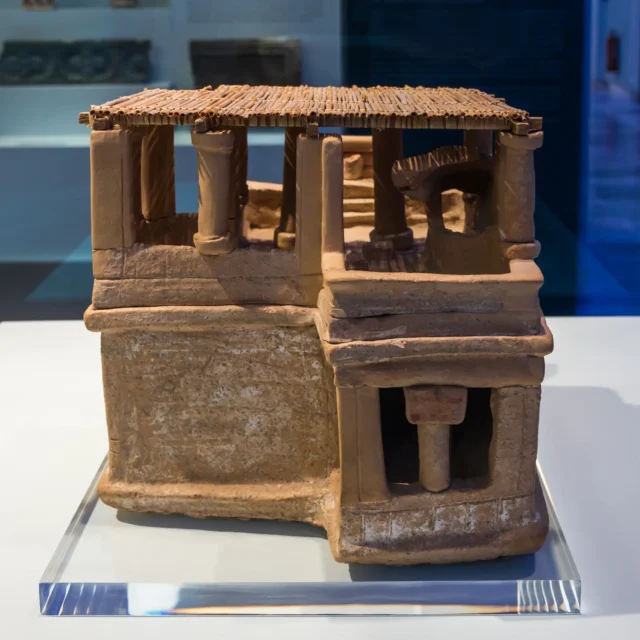
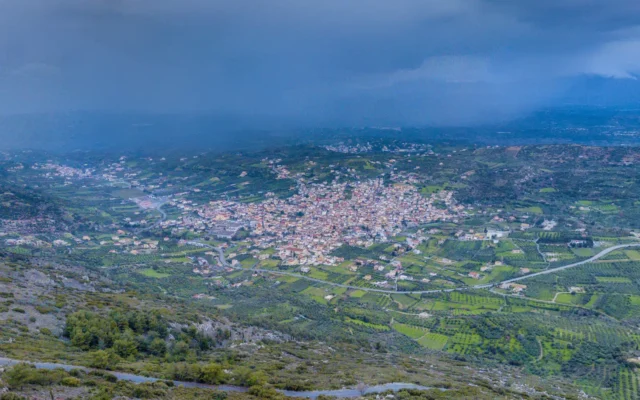
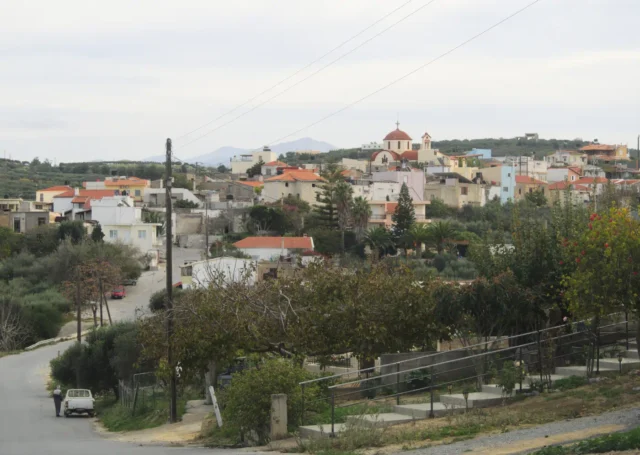
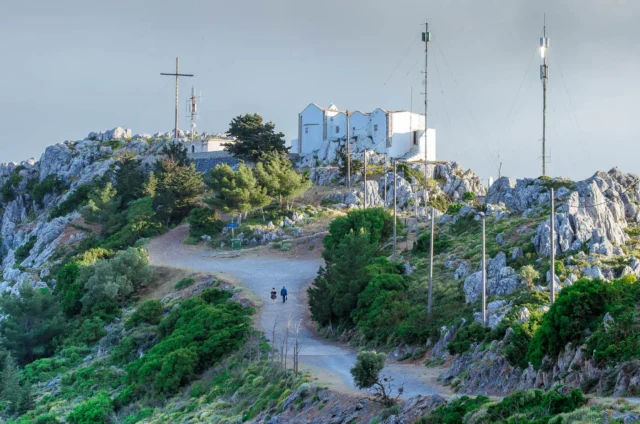

There are no comments yet.